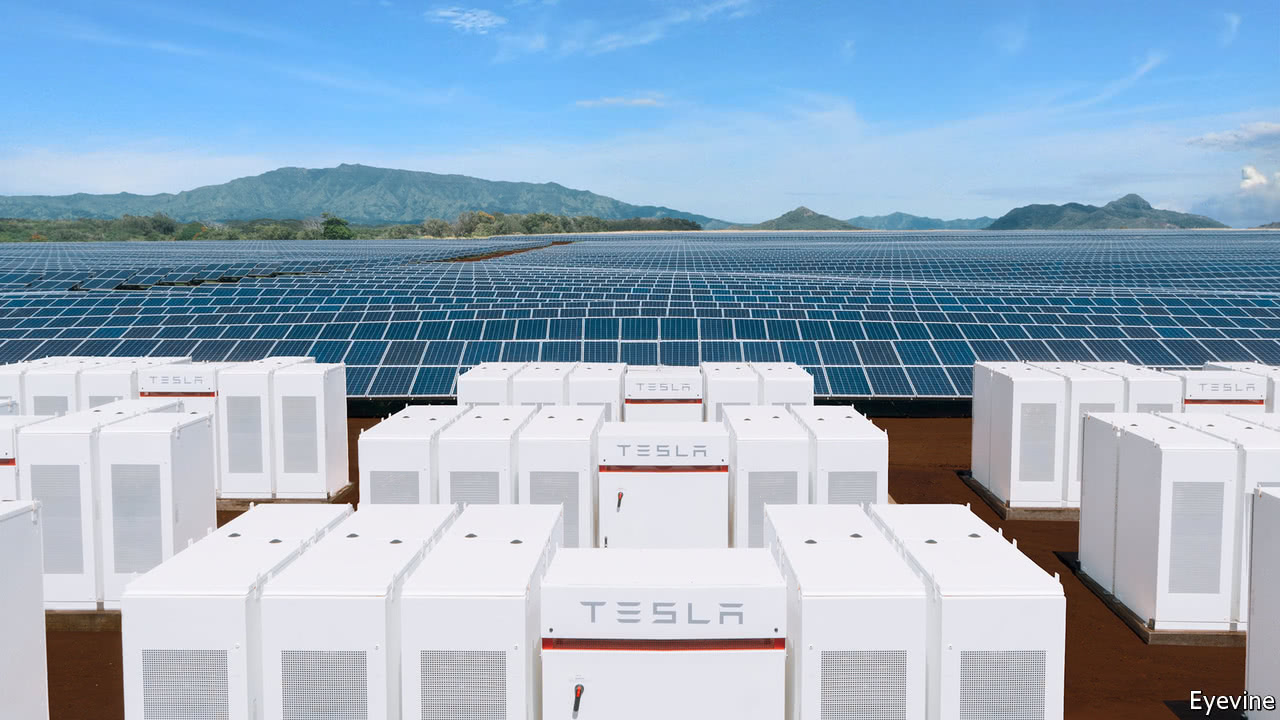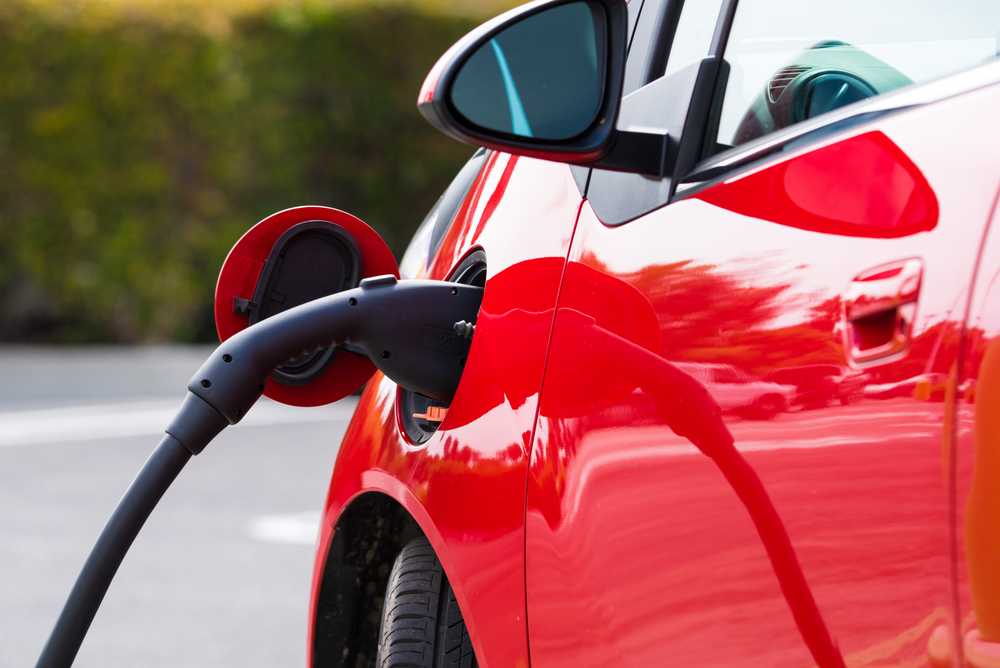
Turkey has reached a cumulative registered unlicensed PV capacity of 3.94 GW (AC) as of the end of February 2018, according to new statistics published by the country’s state-owned grid operator, TEIAŞ, which appeared on the twitter account of the company’s general manager, Abdullah Atalay.
Overall, Turkey’s installed power generation capacity has topped 86.1 GW at the end of February. Natural gas and hydropower are the largest energy sources, with 27 GW and 27.4 GW respectively, followed by coal power, which has a generation capacity of around 19.2 GW. Wind power currently has an installed power of 6.5 GW, while geothermal and biomass power facilities have a capacity of 1 GW and 647 MW, respectively.
Official line
In a statement to pv magazine, Atalay said that all of the values provided in the statistics “refer to unlicensed operational power plants”. According to him, 522 MW of new PV systems were connected to the grid in Turkey in January and February alone, a growth trend that, if confirmed over the rest of the year, is likely to lead to stronger growth in 2018.
That the Turkish PV market may have reached or even surpassed 4 GW of registered unlicensed PV, was also confirmed by Kutay Kaleli, president of solar association, Günder, which represents the Turkish Republic in the programs of IEA PVPS (International Energy Agency Photovoltaic Power Systems).
On his Twitter account, Kaleli said, “The latest information we received at the Günder board meeting is that we have passed the 4,000 MW limit last weekend and we now have 4,061 MW of solar.”
In 2017, according to numbers published by TEIAŞ in late January, new PV additions totaled 2.5 GW. Most of this capacity, namely 1.2 GW, was registered in December alone.
Discrepancy
The figures provided by TEIAŞ at the end of January, however, have been questioned by a second Turkish solar association, Solarbaba, which claimed at the time that newly installed PV capacity for 2017 was not 2.5 GW but rather 1.7 GW.
According to the non-profit organization, TEIAŞ included PV projects that were near completion and not yet connected to the grid, on the 2017 spreadsheet. Upon pv magazine’s request to provide more details on the matter, however, the association’s president said he was not willing to further comment.
The European solar association, SolarPower Europe, which also recently reported 1.7 GW of newly installed PV power for Turkey in 2017, told pv magazine that new figures on the Turkish market will likely be provided before the association’s summit, which is scheduled to take place in Brussels next week.
U.K.-based market research company, IHS Markit has said it will also review its statistics on the Turkish market, following the publication of the new figures. “The difference between the official connection numbers of TEIAS and IHS Markit’s market estimation can partly be explained by the fact that TEIAS registers the grid connections, while market numbers of IHS Markit are based on system installations,” IHS Markit analyst, Susanne von Aichberger said in a statement to pv magazine.
“This means that IHS Markit has counted much of the installed capacity that was connected in 2017 in its 2016 number. While IHS Markit had 1.4 GW (DC) of cumulatively installed PV capacity in Turkey at the end of 2016, this cumulative connection number of TEIAS is 0.9 GW (DC) at the end of 2016.”
She continued, “The balance of 0.5 GW (DC) should be added to the number for 2017, if connections are being looked at. However, installation activity seems to have accelerated in the second half of 2017, ahead of the implementation of grid fees on 1 January 2018. IHS Markit will thus increase the installation number for 2017 to over 2 GW (DC).”
Eren Engur, CEO of Turkey-based solar consultancy company, Icarus Enerji-A, which has been operating in the local market for over 16 years, believes the country’s current operational PV is lower than that announced by TEIAŞ.
“Around 3.1 GW have been connected to grid so far,“ he said to pv magazine. This capacity, according to him, does not include the category of projects under the Temporary Acceptance (Geçici kabul) mode, which is the preliminary stage before getting grid connection approval. “Not 100% of the construction is finalized at this stage,” he said.
Rally
Outwith the question of whether installed capacity really has reached 3.94 GW, or whether some of this is still under development, a planned elimination of a grid-fee reduction, which came into effect on January 1, 2018, would have served to support an end-of-year rally.
The fee, which had been increased from 0.0076 TRL/kWh ($0.0026) in 2016 to 0.0256 TRL /kWh in 2017, has been further increased to 0.1025 TRL/kWh (around $0.027) starting from this year.
Despite this planned incentive reduction, developers appear not to have been discouraged, as the Turkish government is still granting a FIT of around $0.13/kWh to unlicensed PV projects.
“The impact of the fee on the FIT, however, may bring to a lower growth this year,” Bilal Edi, a professor at the Department of Electrical and Electronic of the Faculty of Engineering of Turkey’s Hasan Kalyoncu University, and a consultant for solar project developers in Turkey, told pv magazine.
“It is still hard to say how much solar the country will deploy this year, but taking into account the current figures provided by TEIAŞ, it seems like the drop in PV project prices may also play a major role in boosting the market,” he added.
It must be stressed, however, that very few markets currently provide such a high FIT for MW-sized PV projects, and that, although in theory only PV projects up to 1 MW are eligible for this tariff, many solar parks consisting of 1 MW sub-units were built, and are being developed, in Turkey.
The history of PV in recent years has shown stronger end-of-year rallies than the one occurring in Turkey for large-scale solar. As a consequence of this tumultuous development, public entities have serious trouble securing grid-connection and managing the huge volumes of associated data.



 South Australia is laying claim to another “world’s biggest” storage project, this time with wind and solar-powered hydrogen storage to add to its world’s biggest lithium-ion battery storage installation (the Tesla big battery), and the world’s biggest virtual power plant (Tesla again).
South Australia is laying claim to another “world’s biggest” storage project, this time with wind and solar-powered hydrogen storage to add to its world’s biggest lithium-ion battery storage installation (the Tesla big battery), and the world’s biggest virtual power plant (Tesla again).